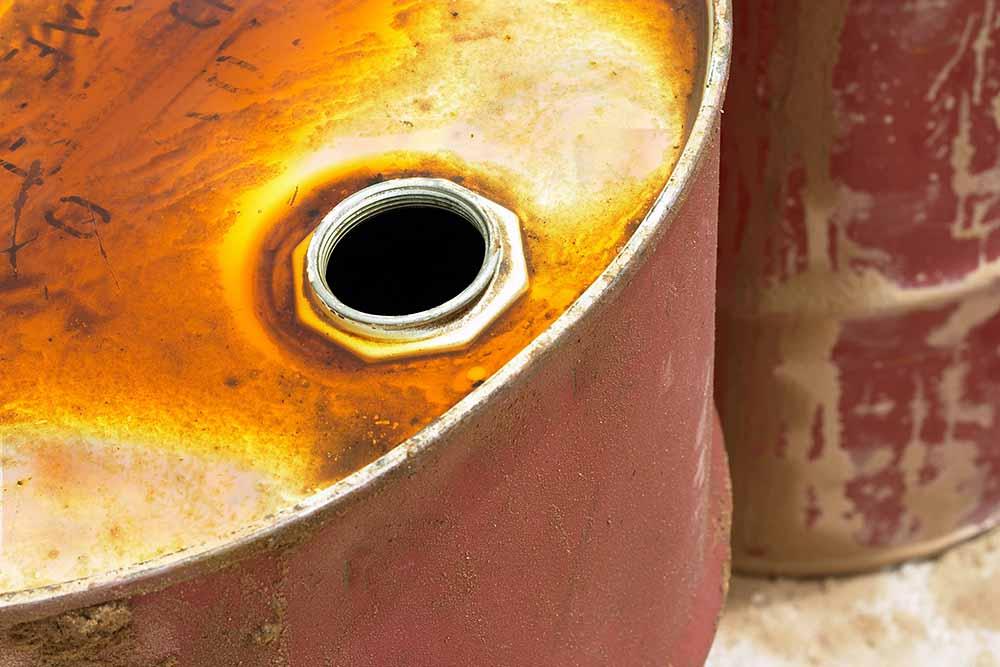Hazardous Substances

Industrial activities, busy traffic, maritime transports, intensive farming and animal husbandry all take place in the Baltic Sea catchment area, which is also home to some 85 million people. Several different hazardous substances leak out from these sources. Some airbourne substances can travel thousands of kilometers from their sources affecting the Baltic Sea from a great distance.
The natual marine environment of the Baltic Sea is susceptible to pollution by hazardous substances. Natural features, such as water residence times of around 30 years, shallowness, and the large catchment area, predisposes the Baltic Sea to the accumulation and effects of hazardous substances.
Hazardous substances can accumulate in the marine food web up to levels which are toxic to marine organisms, particularly predators, and they may also represent a health risk for people. Certain contaminants may be hazardous because of their effects on hormone and immune systems, as well as their toxicity, persistence and bio-accumulating properties.
Substances in the Baltic Sea are defined as hazardous by HELCOM if they are:
- toxic, persistent and bioaccumulate or very persistent and very bioaccumulating, or
- have effects on hormone and immune systems in marine organisms, or
- certain radionucleids.
